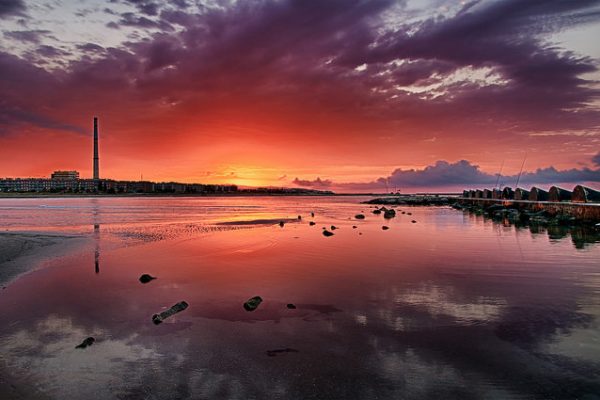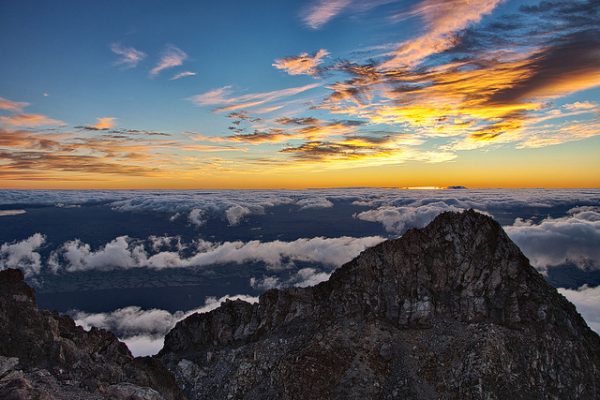What You Know About Deep Learning Is A Lie
Last Updated on August 19, 2019 Getting started in deep learning is a struggle. It’s a struggle because deep learning is taught by academics, for academics. If you’re a developer (or practitioner), you’re different. You want results. The way practitioners learn new technologies is by developing prototypes that deliver value quickly. This is a top-down approach to learning, but it is not the way that deep learning is taught. There is another way. A way that works for top-down practitioners like you. In this […]
Read more








